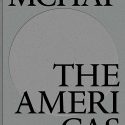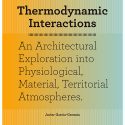The Americas
Fabrizio Gallanti (ed.)
MCHAP: The Americas brings together leading architects and academics in a dialogue exploring the current state of architecture throughout the Americas and explores themes raised by the seven finalist projects (designed by Herzog & de Meuron,
Álvaro Siza, Steven Holl Architects, OMA/ LMN – Rem Koolhaas and Joshua Prince-Ramus, Smiljan Radic, Cristián Undurraga, Rafael Iglesia) from the inaugural Mies Crown Hall Americas Prize cycle recognizing the best built work in the Amercas from 2000 through 2013.
As part of the Mies Crown Hall Americas Prize (
MHCAP) program, established by Dean Wiel Arets at IIT Architecture Chicago, recognizing the best built work in the Americas from 2000 through 2013, MCHAP is publishing MCHAP BOOK ONE, as well as publications by the authors of MCHAP 2000-2008 winner,
Álvaro Siza, the MCHAP 2009-2013 winner, Herzog & de Meuron, and the MCHAP.emerge 2000-2013 winner, Pezo von Ellrichshausen. Within this editorial program, MCHAP BOOK ONE will critically explore themes raised by the jury process and the selected finalists projects (designed by Herzog & de Meuron,
Álvaro Siza, Steven Holl Architects, OMA/ LMN – Rem Koolhaas and Joshua Prince-Ramus, Smiljan Radic, Cristián Undurraga, Rafael Iglesia) including the two inaugural winners: Iberé Camargo Foundation in Porto Alegre, Brazil, designed by
Álvaro Siza, the 1111 Lincoln Road mixed use parking structure in Miami Beach, Florida, USA, designed by Herzog & de Meuron. MCHAP BOOK ONE uses the seven finalist projects to identify broad, thematic reflections on the American condition. In that frame, “American” necessarily refers to the entirety of the American continents, from Alaska to Tierra del Fuego.
With contributions of
Dean Wiel Arets, Kenneth Frampton, Jorge Francisco Liernur, Dominique Perrault, Sarah Whiting, Fabrizio Gallanti, Pedro Alonso, Luis Castañeda, Felipe Correa, Pier Paolo Tamburelli, Horacio Torrent, Molly Wright Steenson, Mimi Zeiger.
EBOOK VERSION 

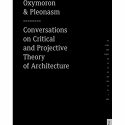
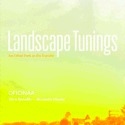


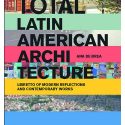
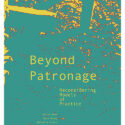
![[Re] Stitch Tampa](https://actar.com/wp-content/uploads/2021/06/ReStich-Tampa-125x125.jpg)
